We may earn money or products from the companies mentioned in this post. This means if you click on the link and purchase the item, I will receive a small commission at no extra cost to you ... you're just helping re-supply our family's travel fund.

Great art often hides in plain sight. Many cities keep their most honest creative energy tucked into short lanes where rent stayed manageable, light fell kindly, and neighbors learned names before trends. Painters, printmakers, and filmmakers shaped rooms that felt workable rather than grand. Cafés followed, then pocket galleries, then a few stubborn workshops that never left. What this really means is simple. Beauty survives on side streets, and the best clues are paint under nails and canvases drying near open windows.
Via Margutta, Rome, Italy

Behind Piazza del Popolo, Via Margutta threads ivy and stone into a calm studio corridor where set designers, painters, and frame makers keep the talk practical. Courtyards reveal pulley lines and old stone sinks, a working language that favors brushes and chisels over ceremony. Light arrives from late morning and stays gentle, which flatters portraits and still lifes. Galleries hang new names beside familiar signatures. The traffic on nearby thoroughfares softens to a hush that makes concentration feel natural.
Carrer de Petritxol, Barcelona, Spain
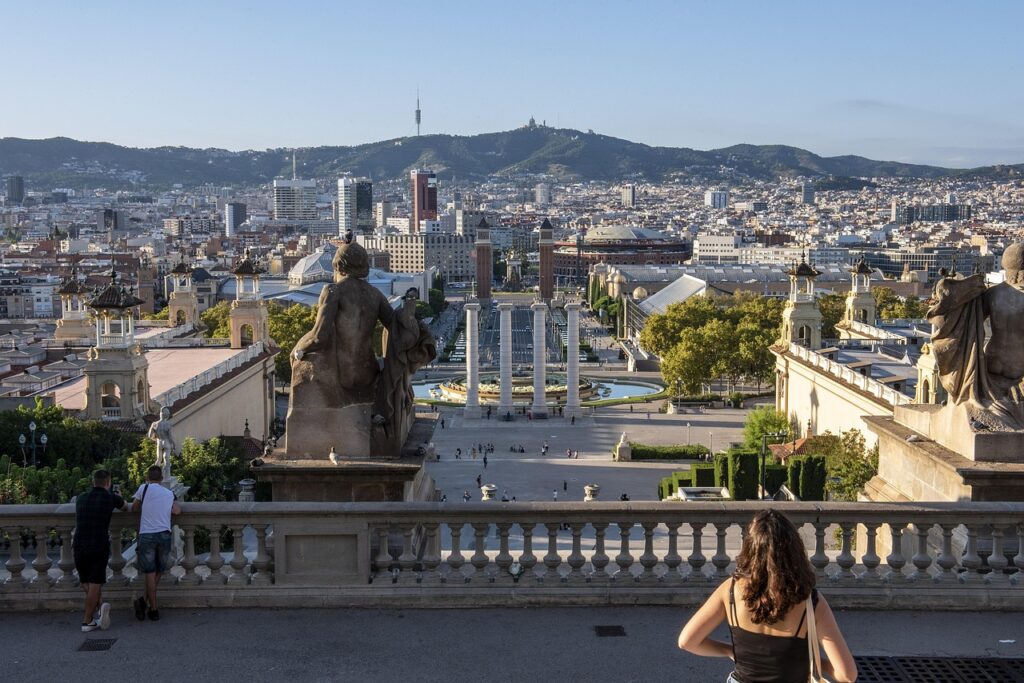
Petritxol is short, tiled, and precise, connecting engravers’ benches with chocolaterías where artists once stretched rent over thick cups of cocoa. Hand painted plaques tell stories above doorways while framers negotiate perfect corners at narrow counters. The lane forces a slow pace that suits looking and relooking. In winter, the smell of churros drifts through open doors as painters trade wall space and tips on varnish. It feels like a neighborhood first and an art address only after that.
Rue des Thermopyles, Paris, France
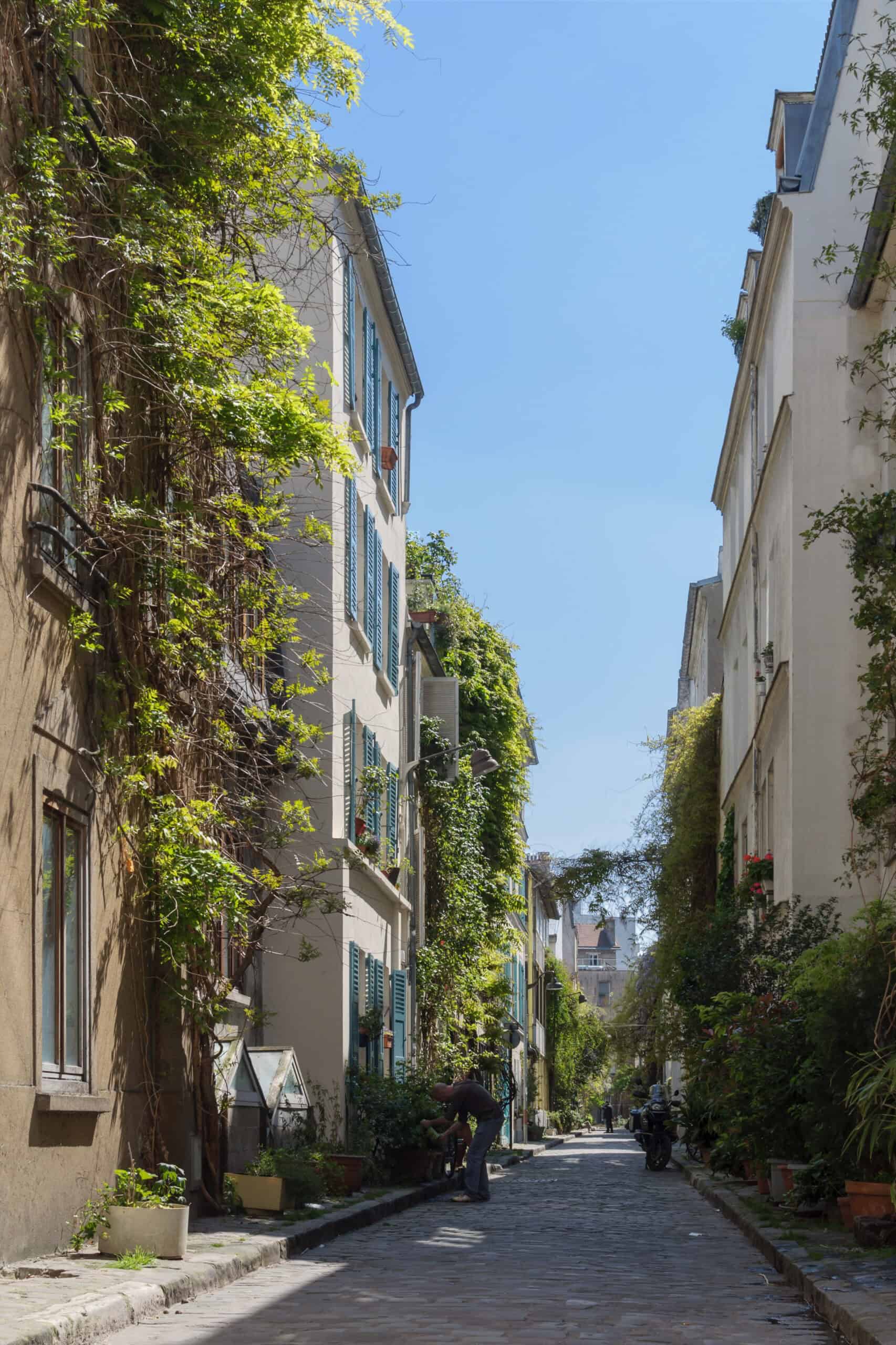
In the 14th, Rue des Thermopyles bends past low houses and climbing vines, quiet enough to hear the rinse of a brush in a back courtyard. The street sheltered ateliers when bigger districts priced them out, so illustrators and sculptors still share walls with families who know their rhythms. Greenery softens the sightlines and cobbles keep a friendly irregularity underfoot. Modest signs announce open studios without fuss. Windows sit close to worktables, and daylight does most of the heavy lifting.
Nový Svět, Prague, Czech Republic

Steps from the castle yet set apart, Nový Svět narrows into a hush of ocher walls and hand sized doors. Writers and painters prize the lane for the way sound falls away and afternoon light brushes plaster like linen. Courtyards hide kilns and presses, and sketches dry on clips above stools. Stones accept quiet as a working condition, and footsteps settle into a steady metronome. When a workshop opens, turpentine meets coffee and a conversation finds an easy start.
Pasaje Lanín, Buenos Aires, Argentina
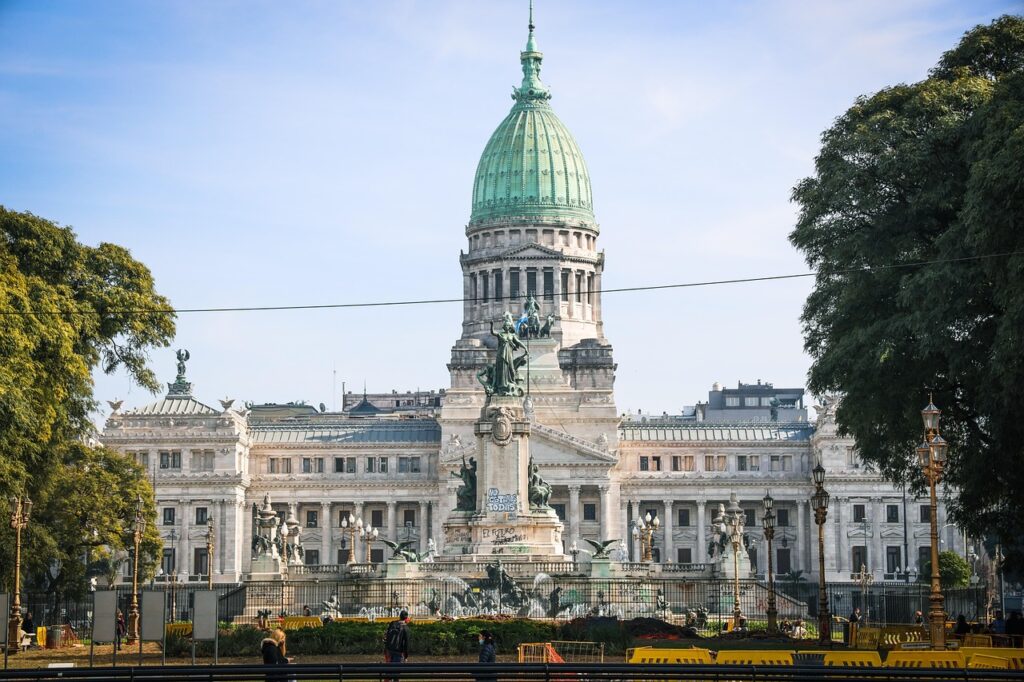
In Barracas, Pasaje Lanín turns a residential block into a living mosaic shaped by artist Marino Santa María and sustained by neighbors who believed in color. Façades ripple with glazed fragments that recast shadows and give rain a new job. Behind the tiles, studios share space with kitchens and repair shops. The passage treats art as habitat rather than backdrop. Visiting painters read the surfaces like notes from earlier sessions, then add a measured chord of their own.
Rua da Bica de Duarte Belo, Lisbon, Portugal
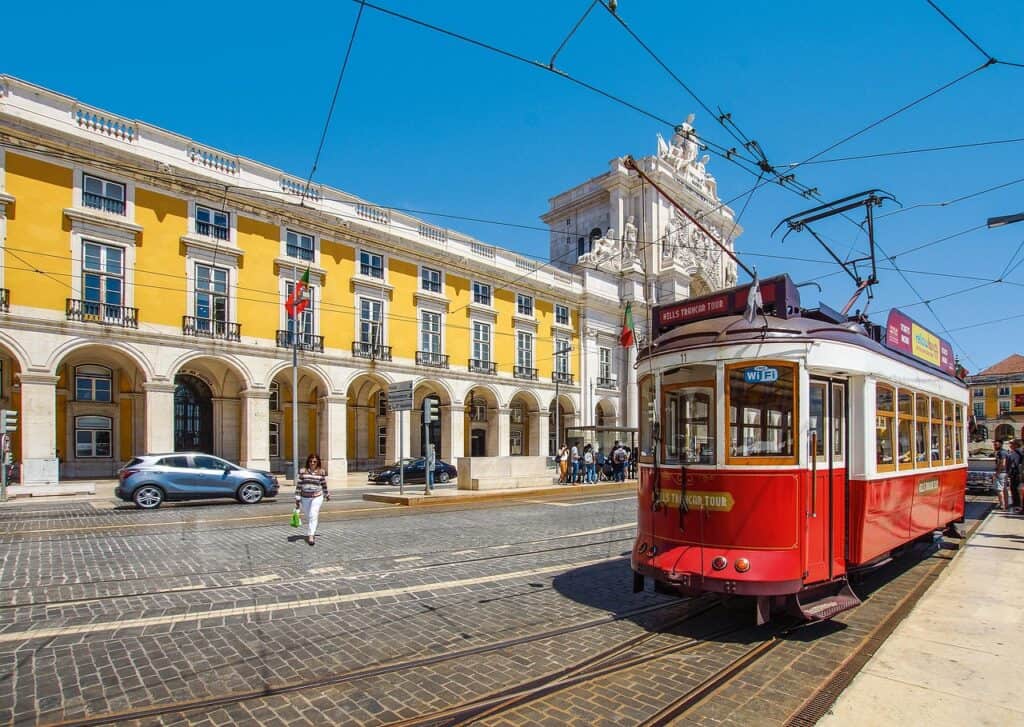
Bica climbs hard toward the sky, with a funicular in the middle and laundry lines strung like bunting. Upper floors hold small ateliers where roofs fold like paper and windows frame water and cable in a single glance. Between tram runs, the street lowers its voice to murmurs. A guitar lesson drifts, a frame is measured twice, and a sketch gets taped to glass. Paint dries while the car glides past, and neighbors pass advice across balconies without ceremony.
Çukurcuma Back Lanes, Istanbul, Türkiye

Antique dealers mark the edges, but the quiet lanes hold restoration benches, print tables, and clay set to cure in morning shade. Artists work beside upholsterers and pickers, trading solutions for light leaks and stubborn varnish with the ease of old colleagues. Cats step through doorways like supervisors and tea arrives in slim glasses. Views change at each turn and suit quick studies. The mix of past lives and fresh work keeps the palette wide and the pace humane.
Hackesche Höfe Passages, Berlin, Germany
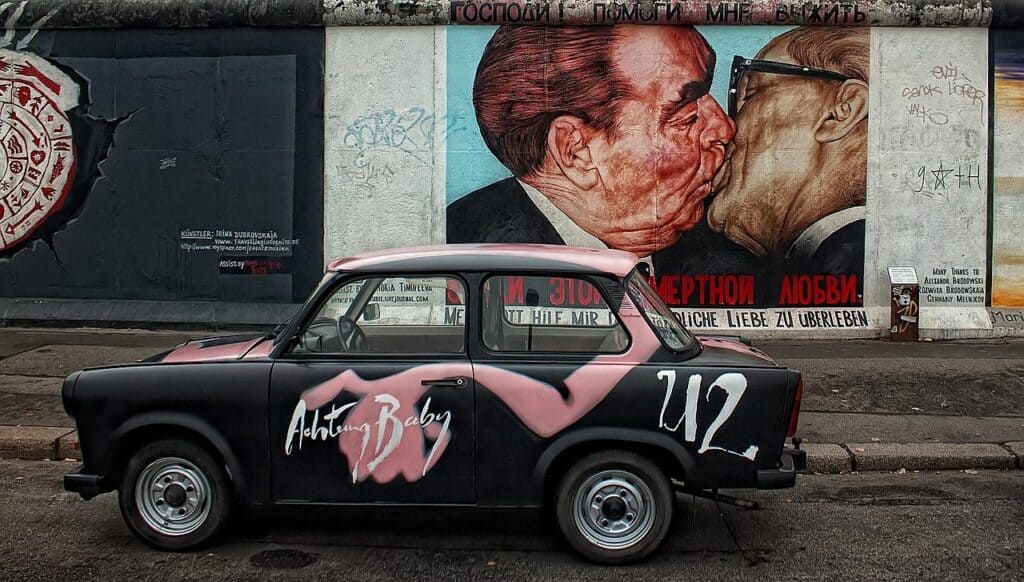
Linked courtyards behind Rosenthaler Straße fold workshops, cinemas, and galleries into a dense but generous maze. Street art shares plaster with design studios, while upper floors glow late as animators and illustrators push through scenes. Sound holds softly, enough to focus without sealing out life. Exhibitions spill into stairwells, letterboxes carry stickers from collectives and zines, and ideas earn their keep in small rooms. The mood is industrious rather than stern, which keeps doors open and eyes awake.
Pasaje Bavestrello, Valparaíso, Chile
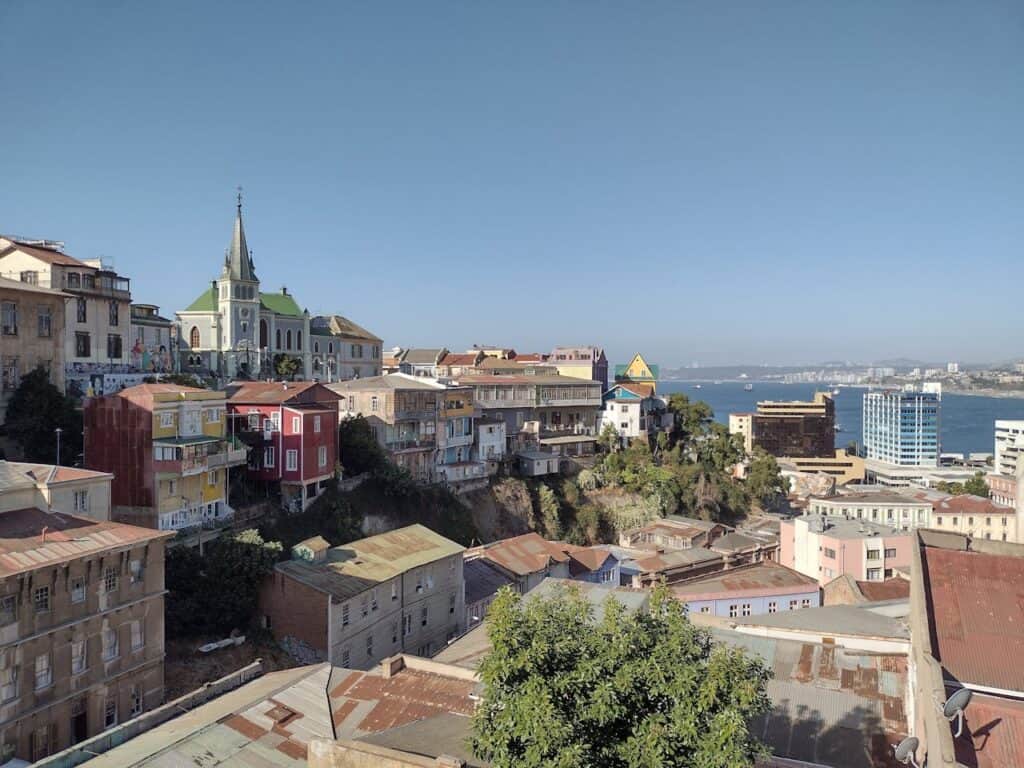
Between cerros, Pasaje Bavestrello hangs stairs and footbridges in a pattern that feels improvised yet exact. Sun paints corrugated zinc and plaster in saturated tones, and street poets chalk quick lines between murals while sketchers capture corners. Sea air nudges colors toward bolder choices and laundry adds its own flags to the composition. Studios stay small but the windows are generous, which turns ordinary hours into good painting light. Neighbors understand process and give it room to breathe.
Shimokitazawa Backstreets, Tokyo, Japan

Setagaya’s alleys thread thrift shops, rehearsal rooms, and tiny galleries under tidy signage. Illustrators and indie musicians treat the district as a workshop more than a showcase, trading gigs for wall time and zines for favors. Lanterns click on early, and pencil tests glow from tablet screens above ramen counters. The blocks invite small risks, like a first solo show or a weekend print run folded by hand. Creativity reads as routine and routine keeps the creativity steady.
Ulica Józefa Side Lanes, Kraków, Poland
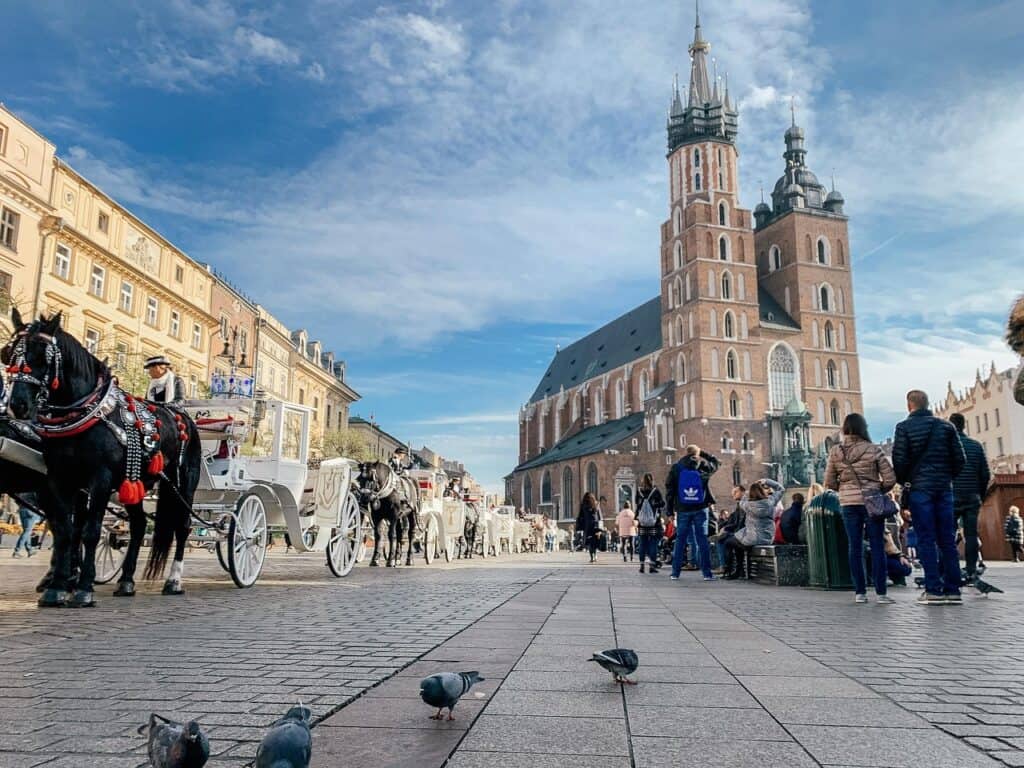
In Kazimierz, side lanes off Ulica Józefa keep ground floor studios, poster ateliers, and cafes that turn into critique rooms after 9 p.m. Brick and stucco carry ghost signs from older trades, and new work arrives with quiet respect. Printmakers tape proofs beside faded lettering and photographers frame courtyards that change with every season of vine. The streets feel honest about weight and repair, which gives experiments a solid anchor. Bicycle bells add a small, practical music to the day.